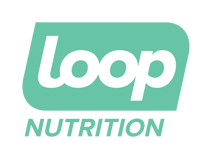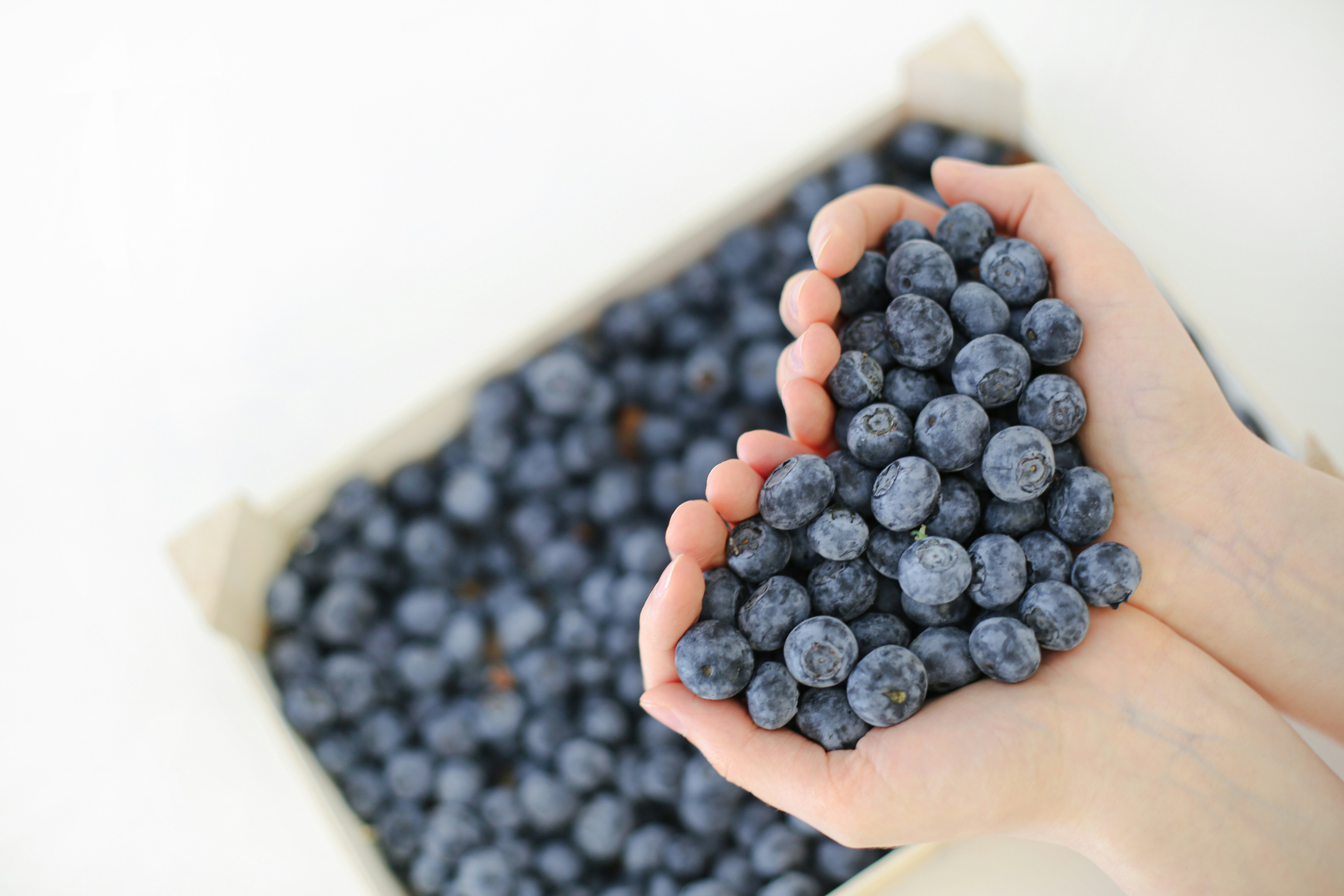The Power of Plants
For years, we've been told that to meet our daily nutritional needs, we must load up on meat and seafood for our necessary protein-intake, while carbs and starches should be avoided at all costs.
But what if we’ve been looking at it all wrong?
Enter the plant-powered diet. Although it might seem like just another trend, this lifestyle is more than just cutting down on meat. A plant-based diet is naturally low in saturated fat and packed with essential nutrients like fiber, protein, and a diverse range of vitamins and minerals. In contrast, diets centered around high-fat animal proteins often leave us feeling sluggish and bloated due to their low fiber and water content, while lacking many of the key vitamins and minerals abundant in plant foods.
Now, don’t get us wrong—this isn’t about ditching meat entirely. Lean sources of meat and seafood can be excellent sources of iron, zinc and protein. Instead, we’re here to highlight the long-term benefits of adding more fruits and vegetables to your daily plate, helping you feel your best from the inside out.
A Shift In The Right Direction
This shift toward plant-powered diets didn’t happen overnight. In fact, it traces back to some key moments in American history when the health of the nation was put under the microscope, leading to groundbreaking changes in dietary guidelines.
One of the most significant turning points came in the 1970s with the release of the McGovern Report, officially known as the Dietary Goals for the United States. This groundbreaking report was the first time the U.S. government publicly addressed the connection between diet and chronic disease. It urged Americans to reduce their intake of saturated fats, cholesterol, and sugar, while increasing their consumption of fruits, vegetables, and whole grains. The McGovern Report sparked heated debates within the food industry and among nutritionists, but it also marked a pivotal moment when health became a national conversation, shaping dietary guidelines for the future.
This shift toward healthier living was further reinforced in the years that followed as lifestyle-related diseases, such as heart disease and diabetes, continued to rise. Government reports like the Surgeon General’s 1988 Report on Nutrition and Health pushed for dietary change, while more recent trends, including personalized meal planning services like Loop (hey–that’s us!), have made it easier for individuals to incorporate plant-based foods into their daily lives. These services provide tailored nutrition guidance, making it simpler than ever to adopt healthier habits. Collectively, these moments and innovations have contributed to the rise of plant-powered diets, as people increasingly recognize the impact of food on overall well-being.
Alright, enough with the backstory—you’re probably thinking, "But what does this actually do for me?" Well, let’s break it down. Here are the real, tangible benefits of loading up on more fruits and veggies:
The Benefits of Adding More Fruits and Vegetables to Your Diet
1. Improved Digestion: Fruits and vegetables are packed with dietary fiber, which promotes healthy digestion and helps prevent gut-related issues like constipation and bloating.
2. Lower Risk of Chronic Diseases: Regularly consuming a variety of fruits and vegetables has been linked to a reduced risk of chronic diseases like type 2 diabetes, high blood pressure, and certain cancers.
3. Boosted Immune System: Rich in vitamins, minerals, and antioxidants, fruits and vegetables help strengthen your immune system, protecting your body from illnesses and infections.
4. Enhanced Energy Levels: The natural sugars found in fruits and vegetables provide a quick, clean source of energy without the crash that comes from processed sugars.
5. Better Heart Health: Many fruits and vegetables are low in saturated fat and high in fiber , which can aid in reducing your risk of heart disease and promote a healthy cardiovascular system.
6. Weight Management: Low in calories but high in fiber, fruits and vegetables can help you feel fuller for longer, making it easier to maintain a healthy weight without overeating.
7. Improved Skin Health: The vitamins and antioxidants in fruits and vegetables nourish your skin, helping to prevent premature aging and giving you a natural, radiant glow.
How to Incorporate More Fruits/Vegetables In Your Diet
Now that you see why eating more fruits and vegetables is a no-brainer, it’s time to take a fresh look at your current eating habits. Just like food comes in a variety of cuisines, your diet can take on different forms too. The key is to find the one that best suits your lifestyle and nutritional needs, providing a clear set of guidelines to follow. Here are some plant-forward diets to consider:
- Flexitarian: is the most versatile of the options, as this diet means that you can eat meat, poultry, seafood, dairy, and eggs in moderation with fruits and vegetables
- Pescatarian: This diet is limited to seafood, eggs, dairy products, and plant products.
- Vegetarian: This is a plant-based diet consisting of eggs, dairy, and plant products, but not meat, poultry, or seafood.
- Vegan: The strictest of the plant-forward diets, focusing solely on plant-based foods, with no eggs, dairy, meat, poultry, or seafood.
With these options, you can easily find a diet that matches your preferences and goals. If you're feeling overwhelmed about where to start but are eager to incorporate more plants into your meals, don't worry—we’ve got you covered. Here’s some ways to begin including more fruits and vegetables in your diet:
Start with Breakfast: Breakfast is often seen as a meal filled with meat, grains, and eggs, but it's the perfect chance to sneak in some extra veggies and fruit. Try adding tomatoes and onions to your breakfast sandwich, topping your pancakes with fresh berries or pecans, or mixing peppers and spinach into your scrambled eggs. For something different, consider whole grains like oatmeal, barley, or quinoa as a side or base to your meal. It’s an easy way to kickstart your day with a healthier boost.
Blend it Up: Smoothies are one of the easiest ways to pack in a variety of fruits and veggies without even noticing. Throw spinach or kale into your fruit smoothies—trust us, you won’t taste the greens, but you’ll get all the nutrients. Add some frozen berries, bananas, or even a spoonful of avocado for added creaminess.
Double Your Portions: Whenever you’re preparing a meal, double the amount of veggies you’d normally use. If you’re making a stir-fry, soup, or salad, add extra spinach, bell peppers, broccoli, or any other favorite veggie. It’s a quick and easy way to amp up your intake without overthinking it.
Meatless Mondays: Commit to going plant-based at least one day a week. Meatless Mondays are a great way to explore plant-forward meals, whether that’s a hearty veggie stir-fry, a bean-based chili, or a loaded veggie pizza. It’s a simple habit that can make a big difference over time.
Snack Smart: Swap out chips for sliced veggies with hummus or guacamole. Carrots, cucumbers, and bell peppers make for crunchy, satisfying snacks that keep you full and energized. Or, try fruit like apple slices with almond butter or a handful of berries for a sweet but nutritious treat.
Get Creative with Sauces and Sides: Make vegetables the star of your sauces, dips, and sides. You can blend roasted veggies like carrots, butternut squash, or zucchini into sauces for pastas or casseroles. Cauliflower rice or zucchini noodles are also great alternatives to traditional grains, offering more fiber and fewer carbs.
Final Thoughts
A plant-powered diet isn't just a trend—it's a proven way to improve your overall health and well-being. By incorporating more fruits and vegetables into your meals, you’re fueling your body with essential nutrients, boosting your energy, and reducing your risk of chronic diseases. From flexitarian to vegan, there are plenty of plant-forward diets to choose from, so you can find the one that fits your lifestyle and goals.
Remember, you don’t have to overhaul your diet overnight. Start by making small changes—add extra veggies to your breakfast, swap out processed snacks for fruit, or try a meatless meal once a week. These simple steps can have a big impact on your health and help you embrace the benefits of plant-based eating, one meal at a time.
Sources
- McDougall, John A. The Healthiest Diet on the Planet: Why the Foods You Love-Pizza, Pancakes, Potatoes, Pasta, and More-Are the Solution to Preventing Disease and Looking and Feeling Your Best. HarperOne, 2017.
- Clem, Julia, and Brandon Barthel. “A Look At Plant-Based Diets.” Missouri Medicine, U.S. National Library of Medicine, 2021, www.ncbi.nlm.nih.gov/pmc/articles/PMC8210981/.







%20(1).jpg)

